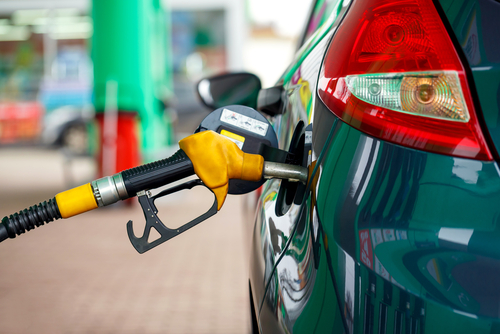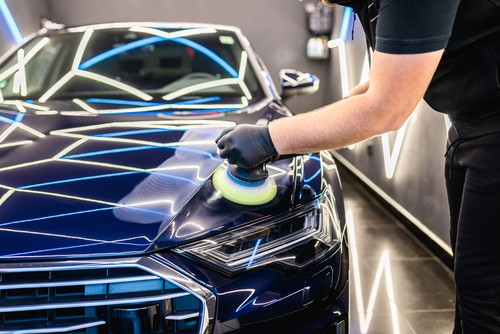
Maintenance Of Car Aircon
March 18, 2022
Does a Car Security System Affect a Car Battery?
August 26, 2022What To Do When Car Tyre Punctures?
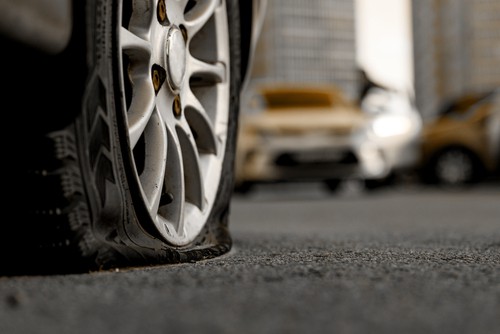
What To Do When Car Tyre Punctures? Punctures are annoying, potentially dangerous, and inconvenient, not to mention a frustrating tallying to your vehicle maintenance costs. They are something that every driver has to live with though. Car tyre punctures commonly occur when a small piece of glass, a little nail, or any sharp object damages your vehicle tyre.
It may seem that taking your vehicle to a garage can be the best solution, but fixing the tyre by yourself can save you a lot of hassle and time finding a repair shop nearby. Therefore, it is important to carry a kit that will assist you to fix the car puncture.
Table of Contents
Here’s the step-by-step process of what to do when you have a puncture.
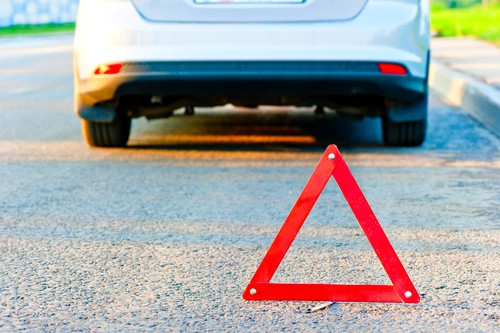
1. Ease off the accelerator
When one tyre punctures all of a sudden, the first thing you need to do is to ease off the car accelerator and then slow down gradually. Ensure that you keep both hands firmly on the steering wheel. Switch on the hazard warning lights to warn other drivers that you have experienced a problem. Engine braking can assist you to decelerate quickly without brake use.
2. Look for a safe place to stop
After you start slowing down, find the safest place to stopover. This should be as quick as possible, all else, you could risk losing control or permanently damaging the tyre. You need to find an area where you can stop safely, out of the flow of traffic.
3. Assess the damage
After stopping in a safe place, leave the hazard lights on, apply the handbrake and then switch off the car ignition. Exit the car and access the condition of the deflated tyre. Are there main signs of damage to the tread or tyre wall? Is the rim visible?
Fix a Puncture: Is My Car’s Tyre Punctures Repairable?
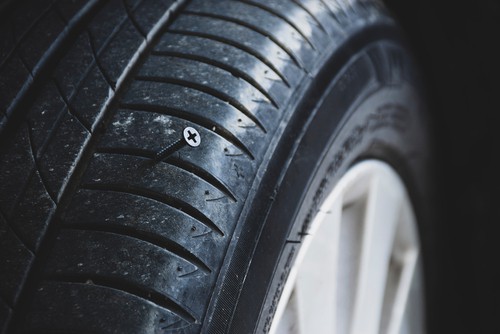
In most cases, car punctures are repairable, and therefore, you do not need to look for a brand new tyre. Nevertheless, if the puncture is in a specific area on the tire or the tyre had a blowout, then you need to look for a replacement. Here is a guide on whether the tire can be repaired or not.
The Tyre is Repairable
Most tire punctures are repairable, you can inspect the tyre inside for tyre for damage and remove foreign objects such as thorns or nails before you apply a patch to the hole. Typically, the tyre is repairable when the puncture is not more than 5mm in diameter, the puncture is in the tyre main tread and there is no other damage that could affect the tyre performance and performance.
The Tyre Isn’t Repairable
When the tire is not repairable, then you need to have it professionally fitted or by a replacement. The tyre is not repairable when the hole is over 5mm in diameter, the puncture is in the sidewall of the tyre or there is significant damage to the tyre. Serious problems like this are rare to find, but when you experience them, the only option is to replace the tyre.
Slow Punctures
Ideally, slow punctures are very annoying since they are difficult to spot. It happens when a small object gets lodged in the car tyre causing the air to leak out slowly. Remember, slow punctures can lead to blowouts, full punctures, or damage to the tyre inside. Therefore, it is important to diagnose a slow puncture as quickly as possible.
Some sign of slow puncture includes feeling in the steering wheel, a change in the way the car handles, and new noise or vibration. It is recommended to check the tyre pressure every day.
Here are the steps for fixing the puncture of your vehicle tyre
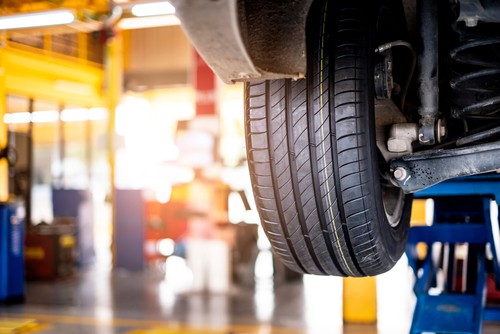
1. Find the Leak
The first thing is to find the leak. The object that cause the puncture could be anything, a sharp object or a nail. You can check the tire and find whether there is any cut or hole. If the hole is not visible, then you can inflate the tyre at a low-pressure level and find whether there is some hissing sound.
If you cannot find the puncture by all those means, you can mix water with some soap and spray or brush the mixture on the tyre. With that, you will be able to see some bubbles coming out from the area that has leaked. Mark the area with tape.
2. Loosen the Car Lug Nuts and Then Jack up the Car
The next step is to loosen the lug nuts for you to remove the tyre. The best way to do it is with a lug wrench or an impact wrench. Do this procedure before you jack up the vehicle else it can spin hazardously when you are taking away the nuts. Jack up the car for you to remove the wheels.
You need to keep your vehicle on a flat surface or on concrete to prevent your vehicle from rolling. Ensure that you use jack stands to keep your vehicle stable.
3. Remove the Lug Nuts and then clean the puncture
Take off the lug nuts fully for you to remove the wheel from the car wheelbase. After that, clean the area that is leaking by implanting a rasp tool out and in of the hole or puncture a few times.
4. Insert the Plug
Thread a plug at the centre of the insertion tool for you to push it into the puncture. For easy insertion and better seal, lubricate the plug using adhesive including rubber cement or glue. After that, keep the plug intact and ensure that you do not move it for about one minute so allow the adhesive to dry and set.
5. Inflate the Tire
The final step, fill the tyre with the recommended air pressure to make sure smooth car movement. Re-install the wheel and attach the lugs, tighten them and remove the car jack.
What To Do When Car Tyre Punctures? – Conclusion

We hope that now you have learned the whole process of repairing a car’s tyre puncture and you can carry out the process on your own.

